Requirements for Living Things Worksheet
Understanding the requirements for living things is crucial for students studying biology or any related field in science. This worksheet serves as a helpful tool to identify and delve deeper into the essential needs of organisms. By addressing topics such as nutrition, respiration, growth, reproduction, and the maintenance of homeostasis, this worksheet offers an engaging way for students to grasp the concepts of what it takes for living things to survive and thrive.
Table of Images 👆
More Other Worksheets
Kindergarten Worksheet My RoomSpanish Verb Worksheets
Cooking Vocabulary Worksheet
DNA Code Worksheet
Meiosis Worksheet Answer Key
Art Handouts and Worksheets
7 Elements of Art Worksheets
All Amendment Worksheet
Symmetry Art Worksheets
Daily Meal Planning Worksheet
What are the basic requirements for living things?
The basic requirements for living things include a source of energy, consumption of nutrients, elimination of waste, response to stimuli, growth and development, reproduction, and adaptation to their environment. These requirements are fundamental for the survival and functioning of all living organisms.
What are the primary sources of energy for most living organisms?
The primary sources of energy for most living organisms are carbohydrates and other organic molecules obtained through consuming food or photosynthesis, which converts sunlight into chemical energy. Organisms break down these organic molecules through cellular respiration to produce ATP, the energy currency used for various cellular functions.
How do living things obtain and use nutrients?
Living things obtain nutrients through various processes such as eating, absorbing, or synthesizing them. Nutrients are essential for growth, repair, and energy production in living organisms. Once nutrients are obtained, they are broken down and utilized by cells for various functions such as metabolism, growth, and reproduction. The process of obtaining and using nutrients is crucial for the survival and proper functioning of all living organisms.
What is the role of water in living organisms?
Water plays a crucial role in living organisms as it is essential for various biological processes. It serves as a solvent for nutrients and waste products, helps regulate body temperature through sweating and respiration, participates in metabolic reactions as a reactant or product, provides structural support in cells and tissues, and acts as a lubricant for joints and organs. Additionally, water is involved in transporting substances within the body and maintaining cell shape and turgor pressure. Overall, water is vital for the survival and proper functioning of all living organisms.
Why do living things need to respond to their environment?
Living things need to respond to their environment in order to survive and thrive. By responding to changes in their surroundings, living organisms can adjust their behaviors, physiological functions, and development to ensure they can meet their basic needs, such as finding food, shelter, and mates, as well as avoiding predators and other threats. Adapting to environmental cues also enables organisms to maintain homeostasis, or internal balance, by regulating processes like temperature, hydration, and metabolism. Overall, the ability to respond to the environment is crucial for the survival and successful reproduction of living organisms.
What is reproduction and why is it important for living organisms?
Reproduction is the biological process by which living organisms produce new individuals of the same species. It is important for living organisms as it allows them to propagate and pass on their genetic information to the next generation, ensuring the continuation of their species. Additionally, reproduction is essential for genetic diversity, enabling adaptation to environmental changes and ensuring the survival of the species in the long term.
What is growth, and how do living things achieve it?
Growth refers to the increase in size, mass, or complexity of an organism over time. Living things achieve growth through the process of cell division and cell enlargement. Cell division allows for the multiplication of cells, while cell enlargement allows individual cells to increase in size. These processes are driven by the organism's genetic information and are regulated by various internal and external factors such as hormones, nutrients, and environmental conditions. Ultimately, growth is essential for the development and maintenance of living organisms.
How do living organisms maintain a stable internal environment?
Living organisms maintain a stable internal environment through a process called homeostasis. This involves actively regulating various physiological processes such as body temperature, pH levels, blood glucose levels, and hydration, among others. Through mechanisms such as negative feedback loops, the body is able to detect changes in these parameters and initiate appropriate responses to bring them back to their optimal levels. This balance ensures that cells and organs function properly, allowing the organism to survive and thrive in its environment.
What is adaptation, and why is it important for survival?
Adaptation is the process through which organisms develop traits that allow them to better survive and thrive in their environment. It is important for survival because it enables organisms to adjust to changing conditions, such as temperature, food availability, and predators, increasing their chances of survival and reproduction. By adapting to their surroundings, organisms can better compete for resources and avoid threats, ultimately increasing their likelihood of passing on their genes to the next generation.
Why is the ability to evolve essential for living organisms?
The ability to evolve is essential for living organisms because it allows them to adapt to changing environments and increasing survival challenges over time. Evolution enables organisms to develop new traits and characteristics that improve their chances of successfully reproducing and passing on advantageous genes to future generations. Without the ability to evolve, living organisms would struggle to respond to environmental changes, limiting their ability to survive and thrive in a dynamic and competitive world.
Have something to share?
Who is Worksheeto?
At Worksheeto, we are committed to delivering an extensive and varied portfolio of superior quality worksheets, designed to address the educational demands of students, educators, and parents.






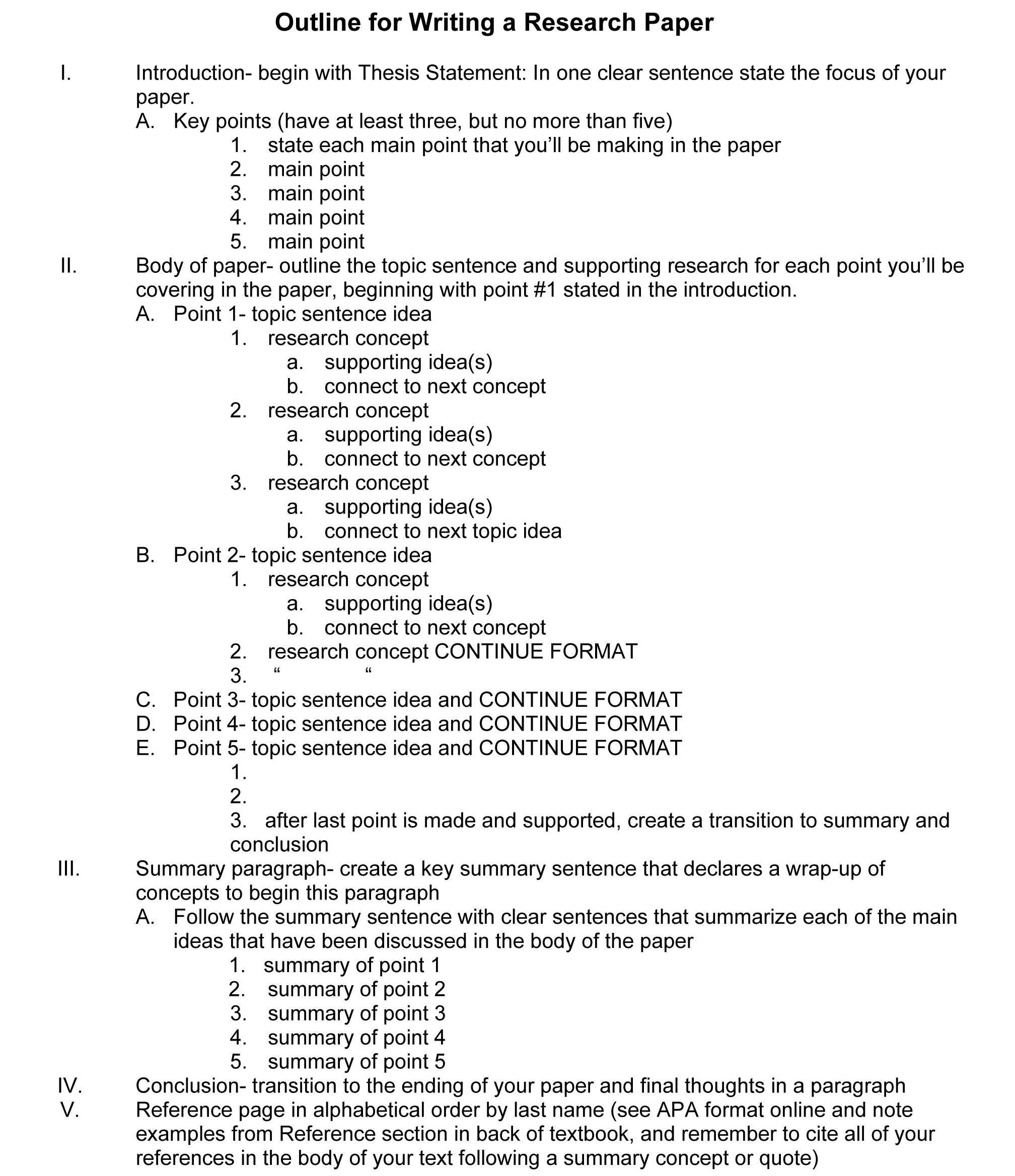
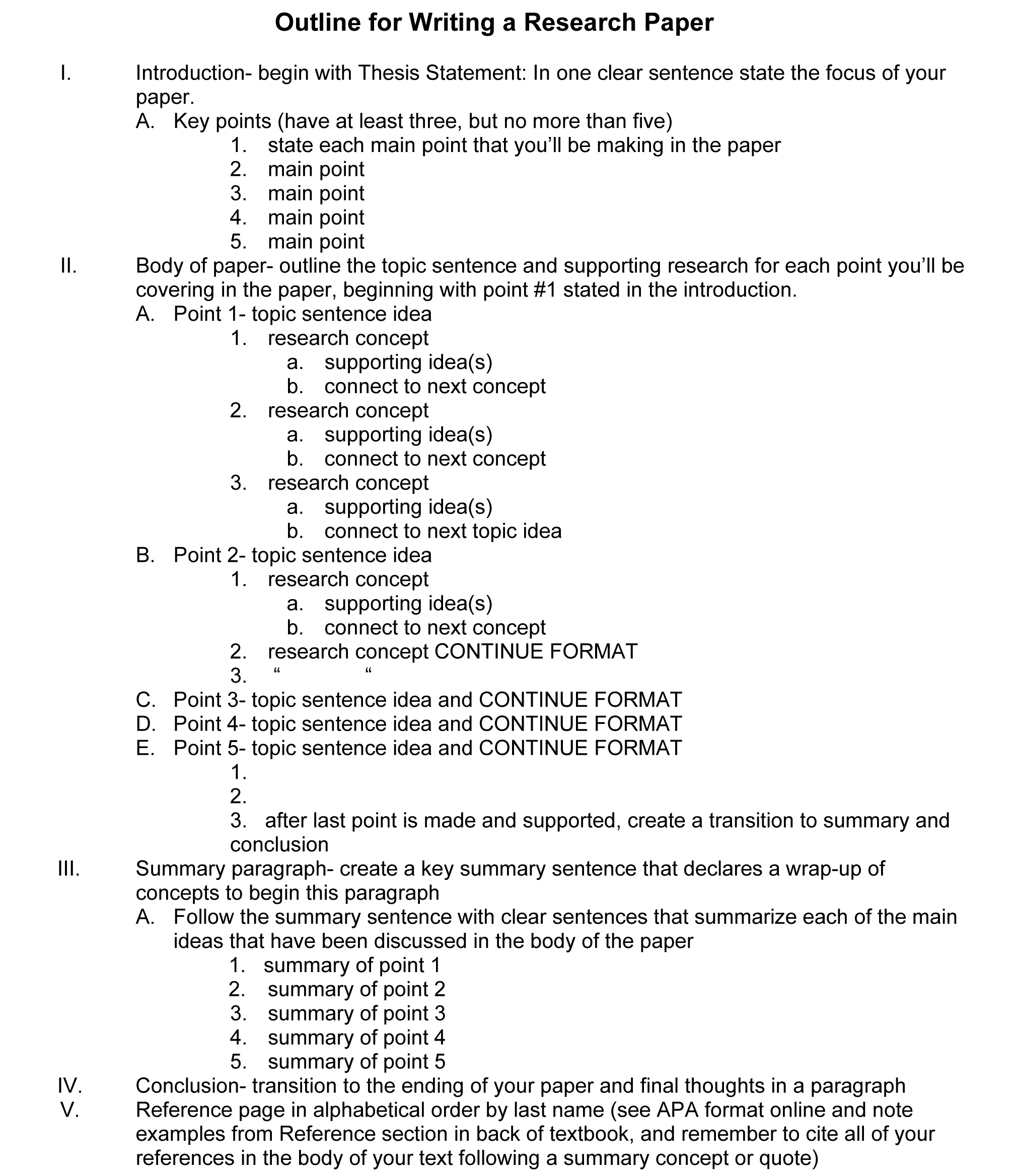


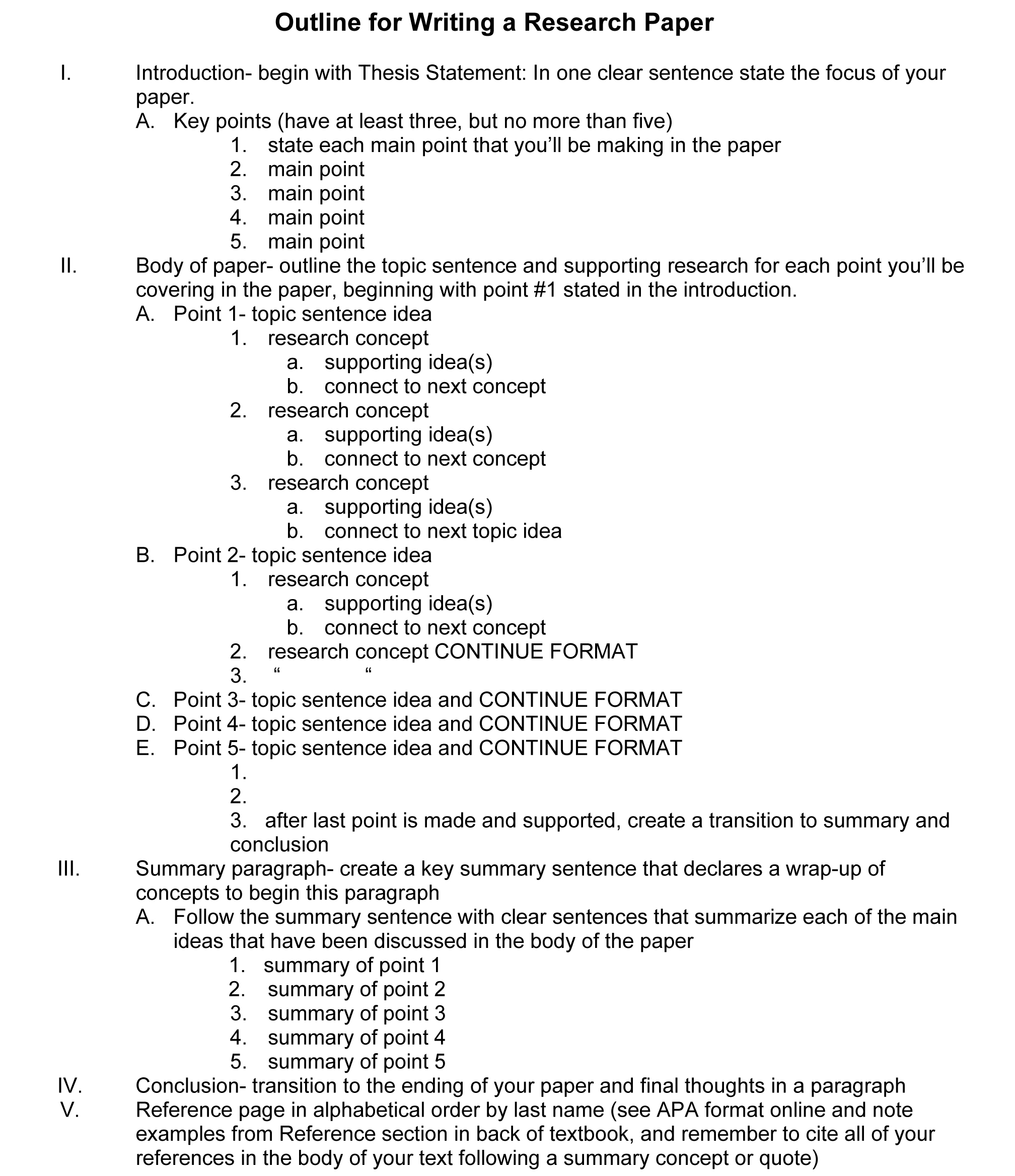
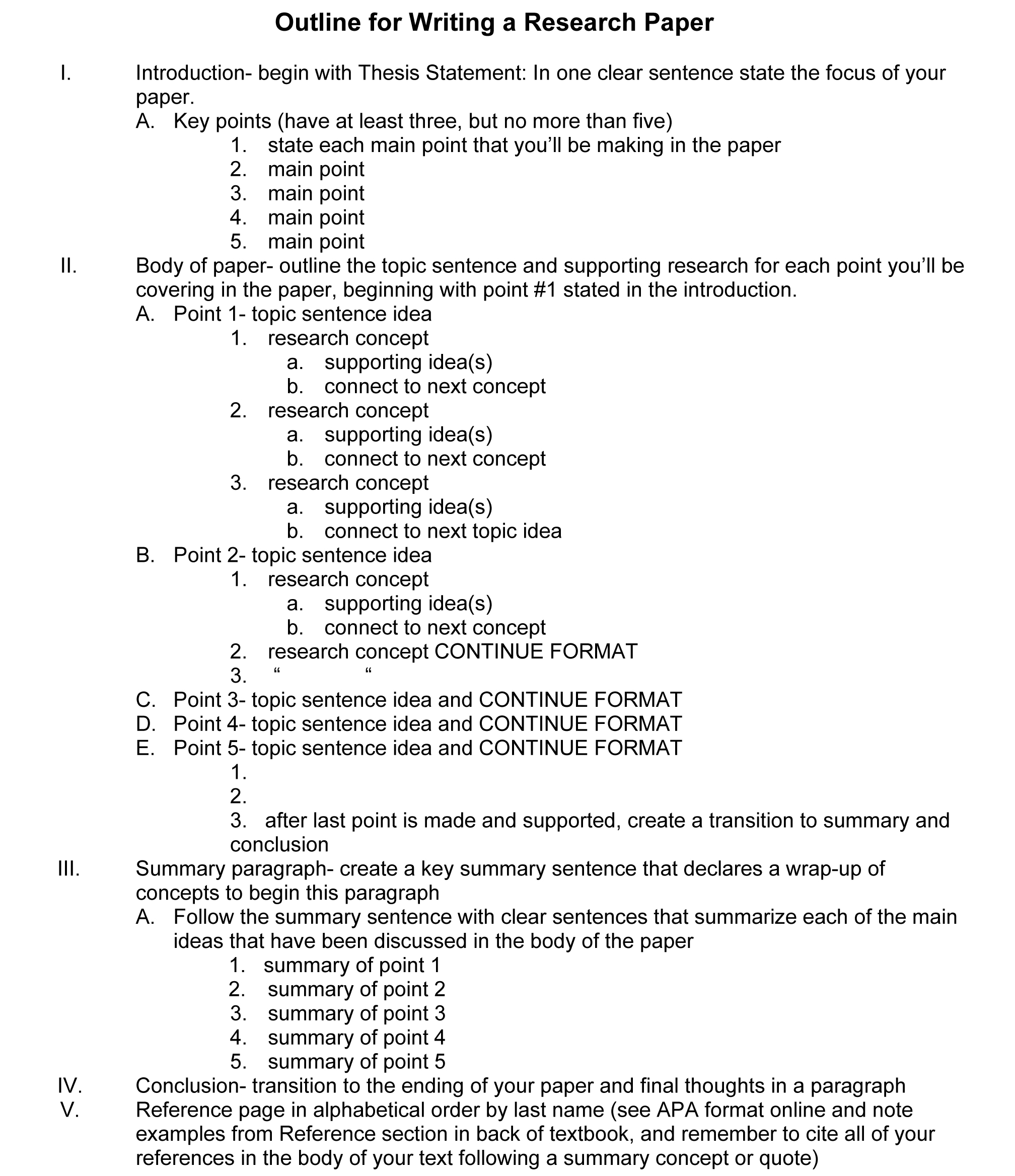


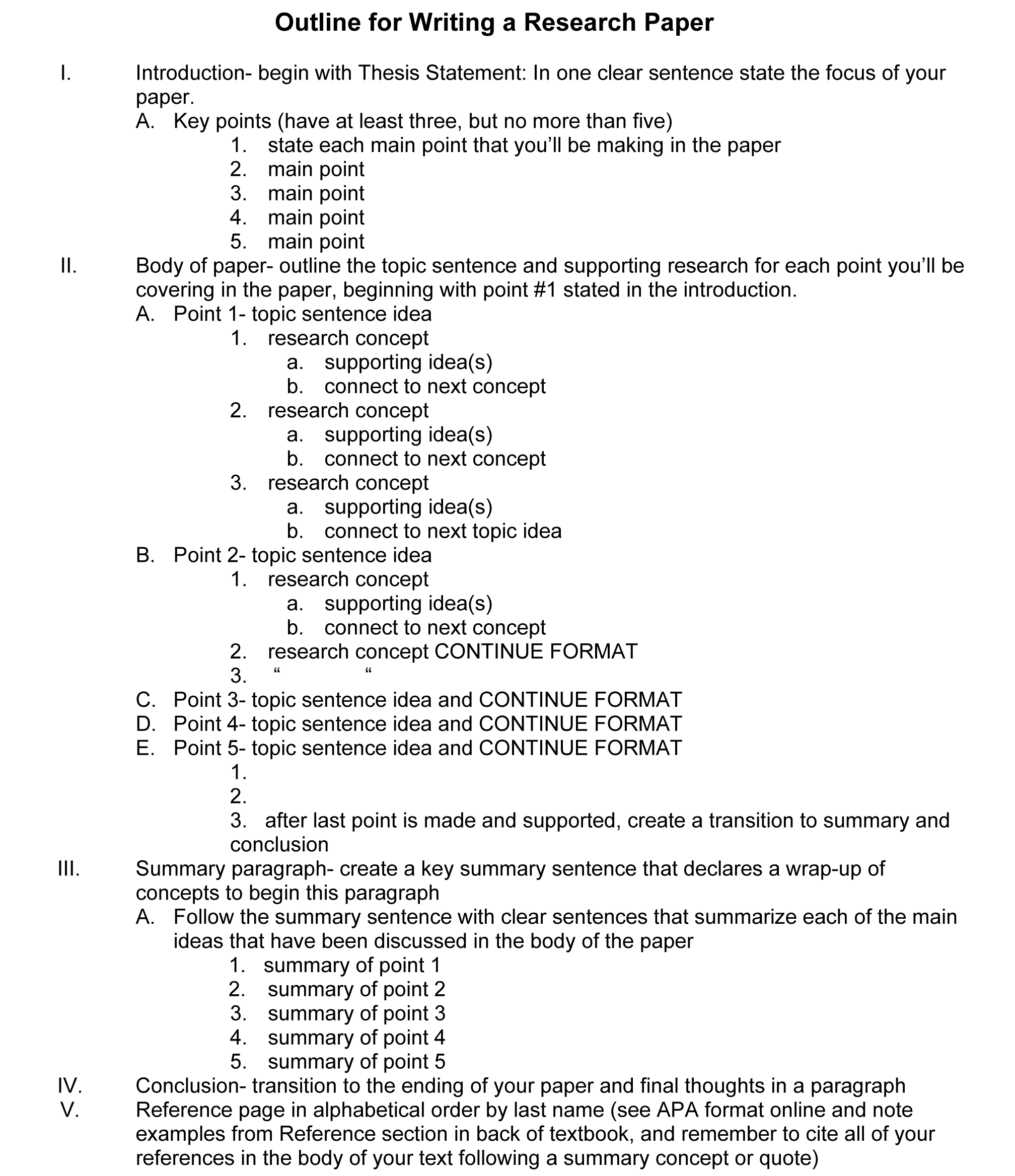
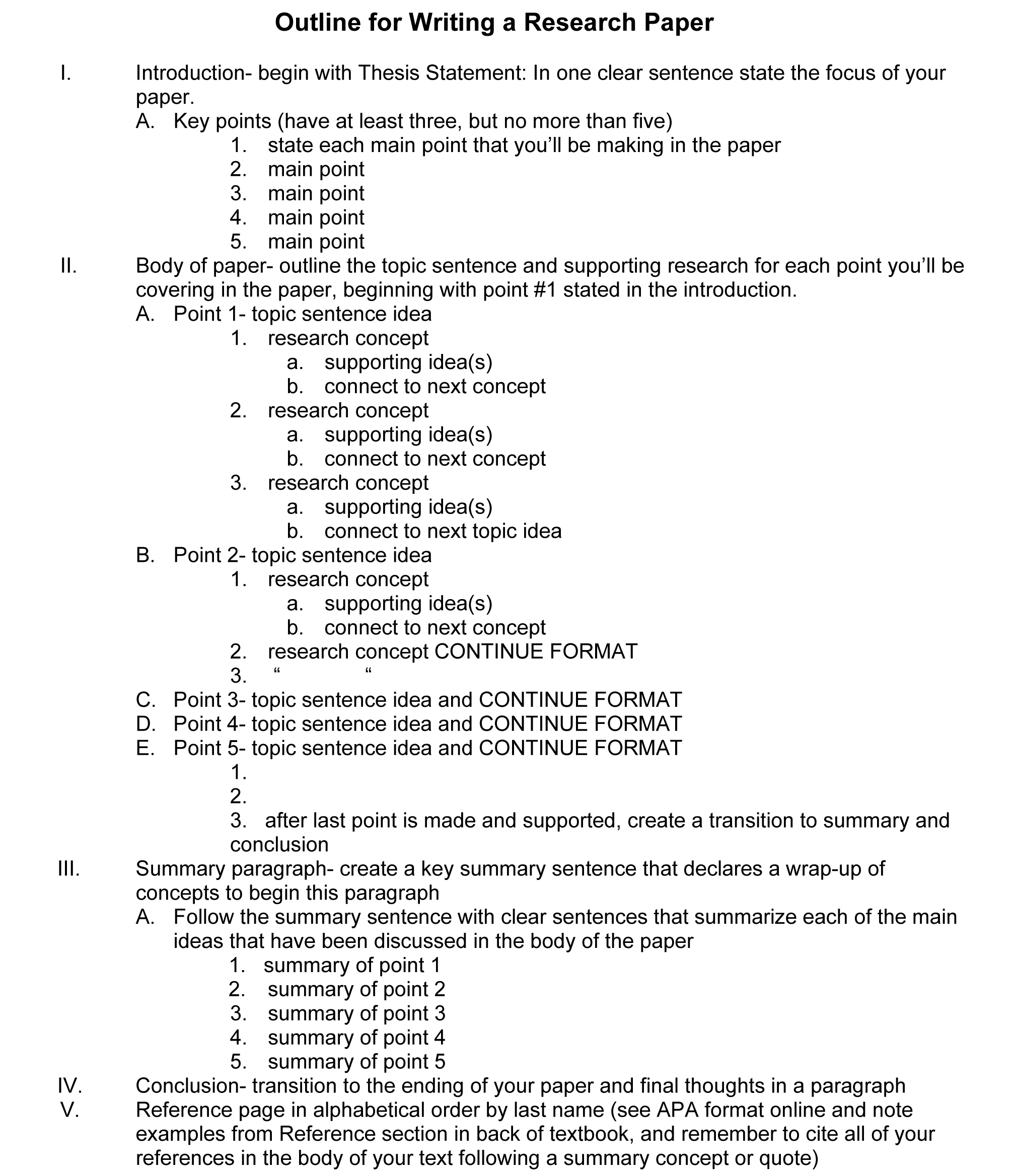
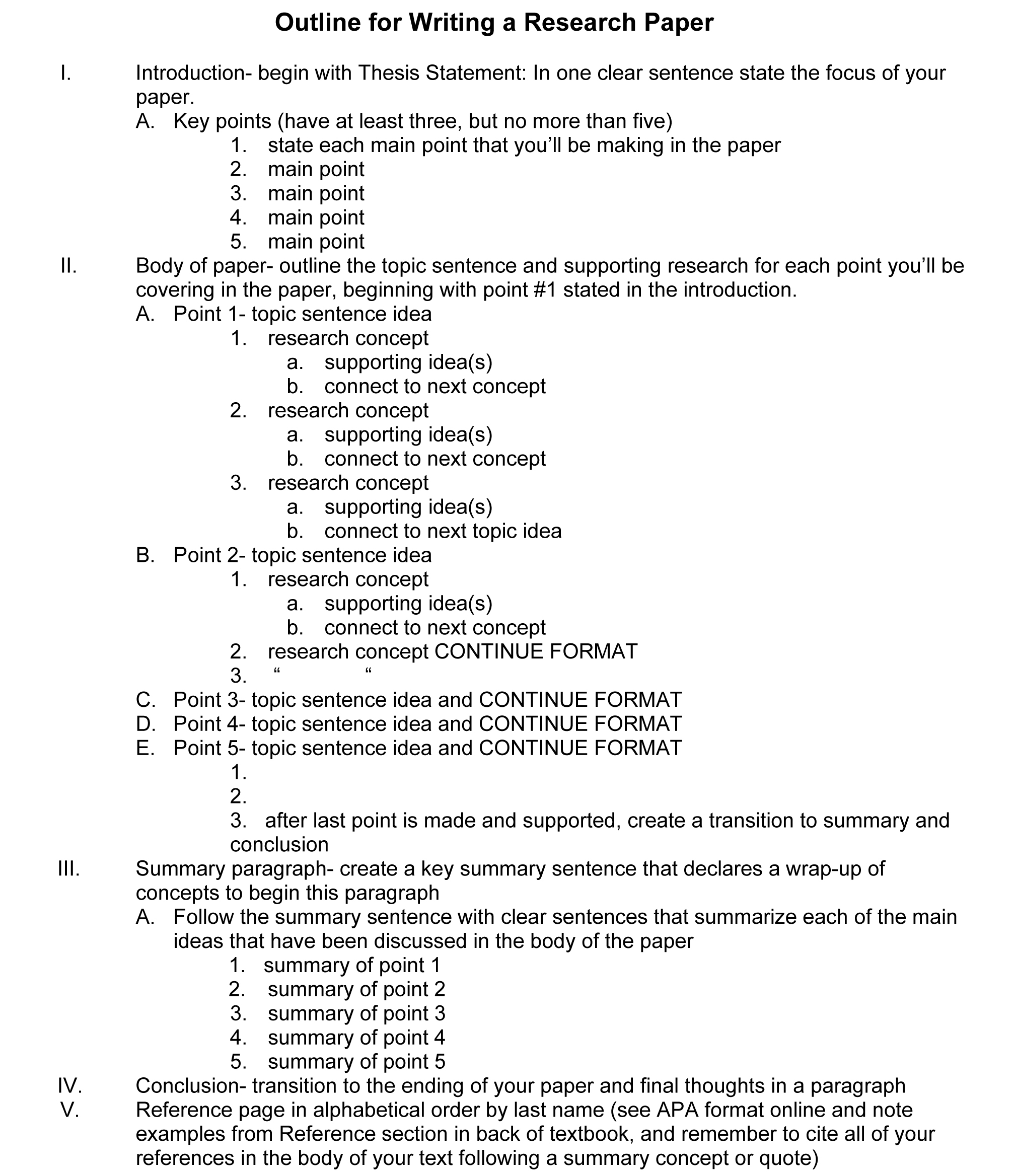
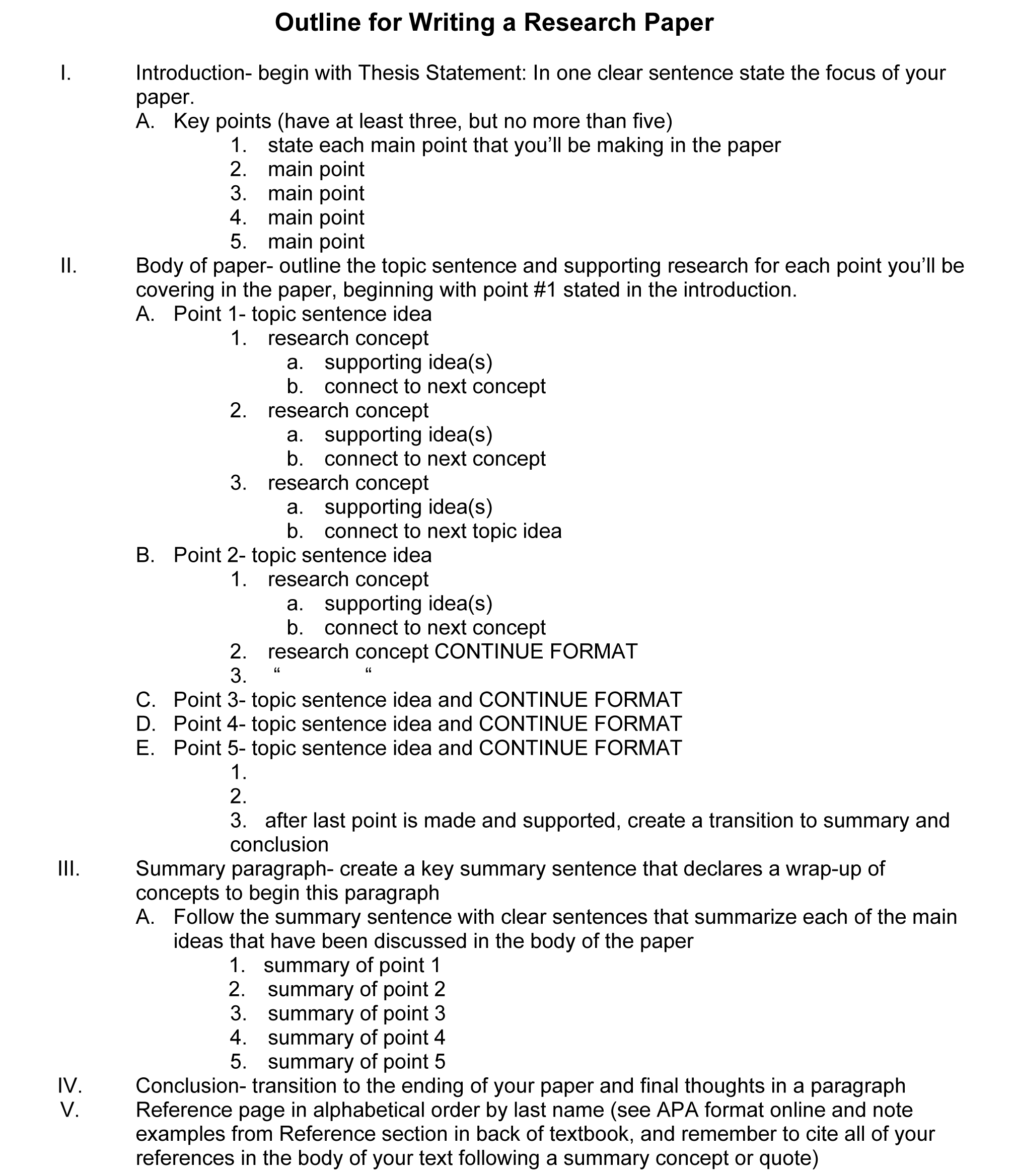
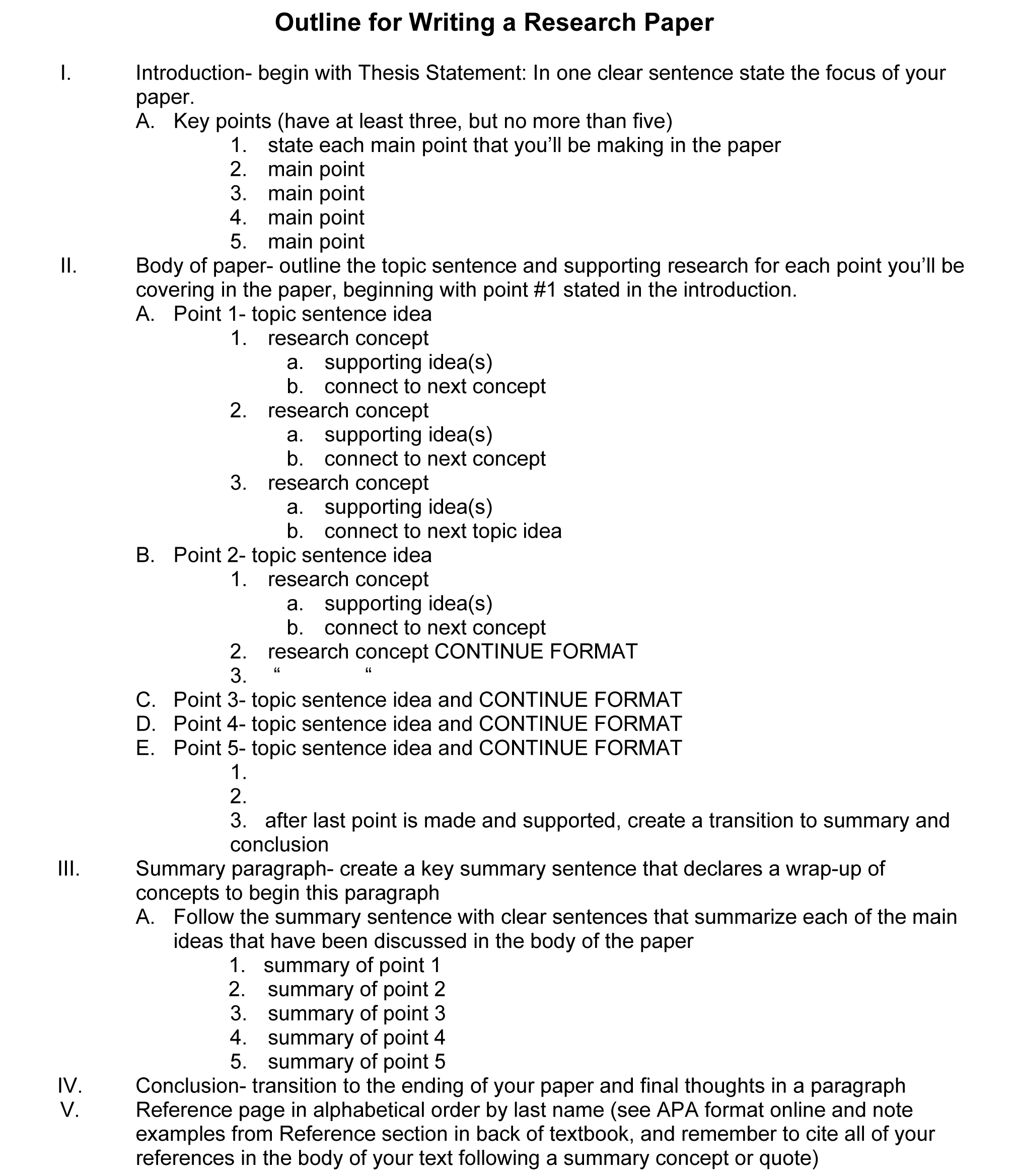
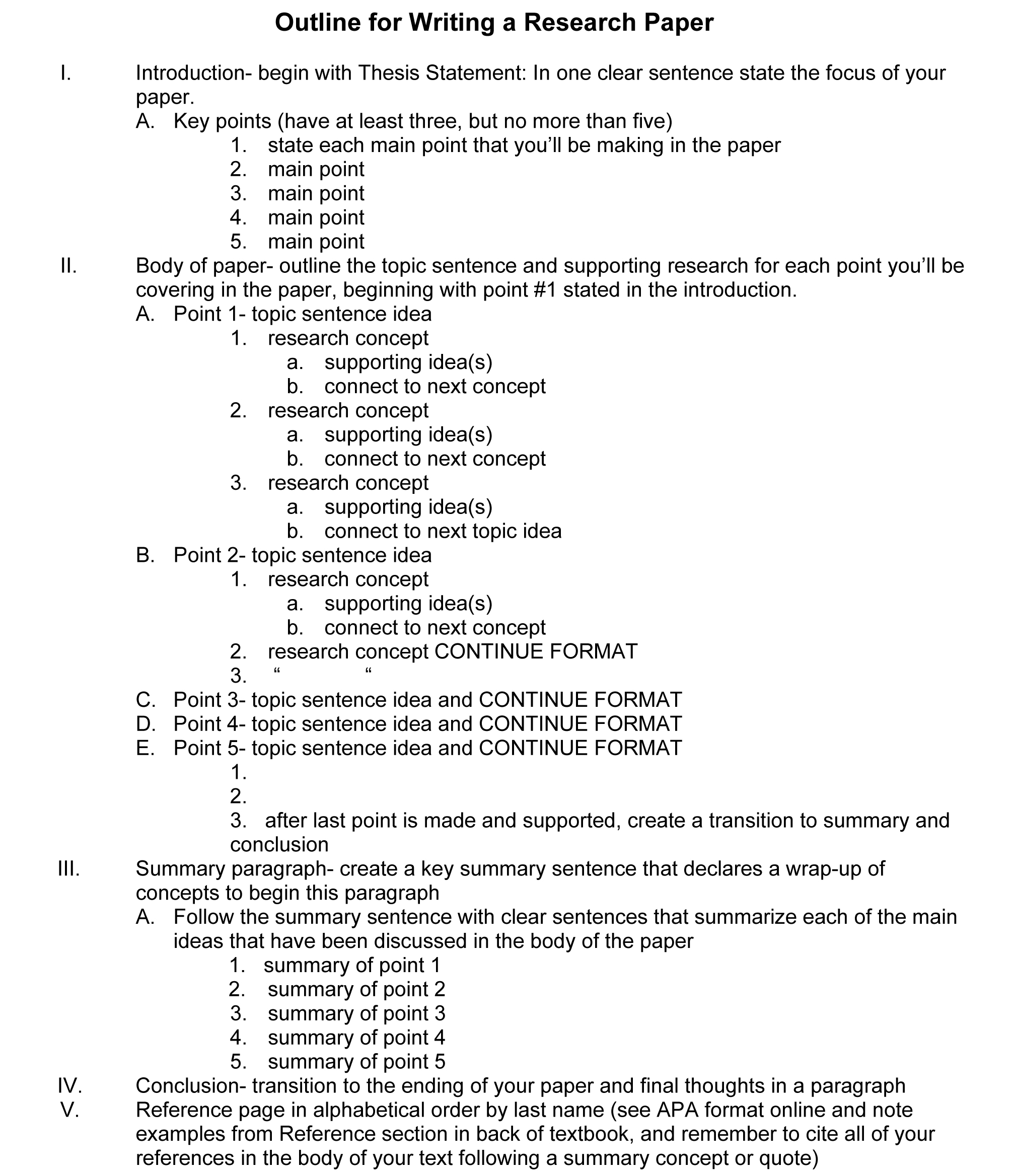
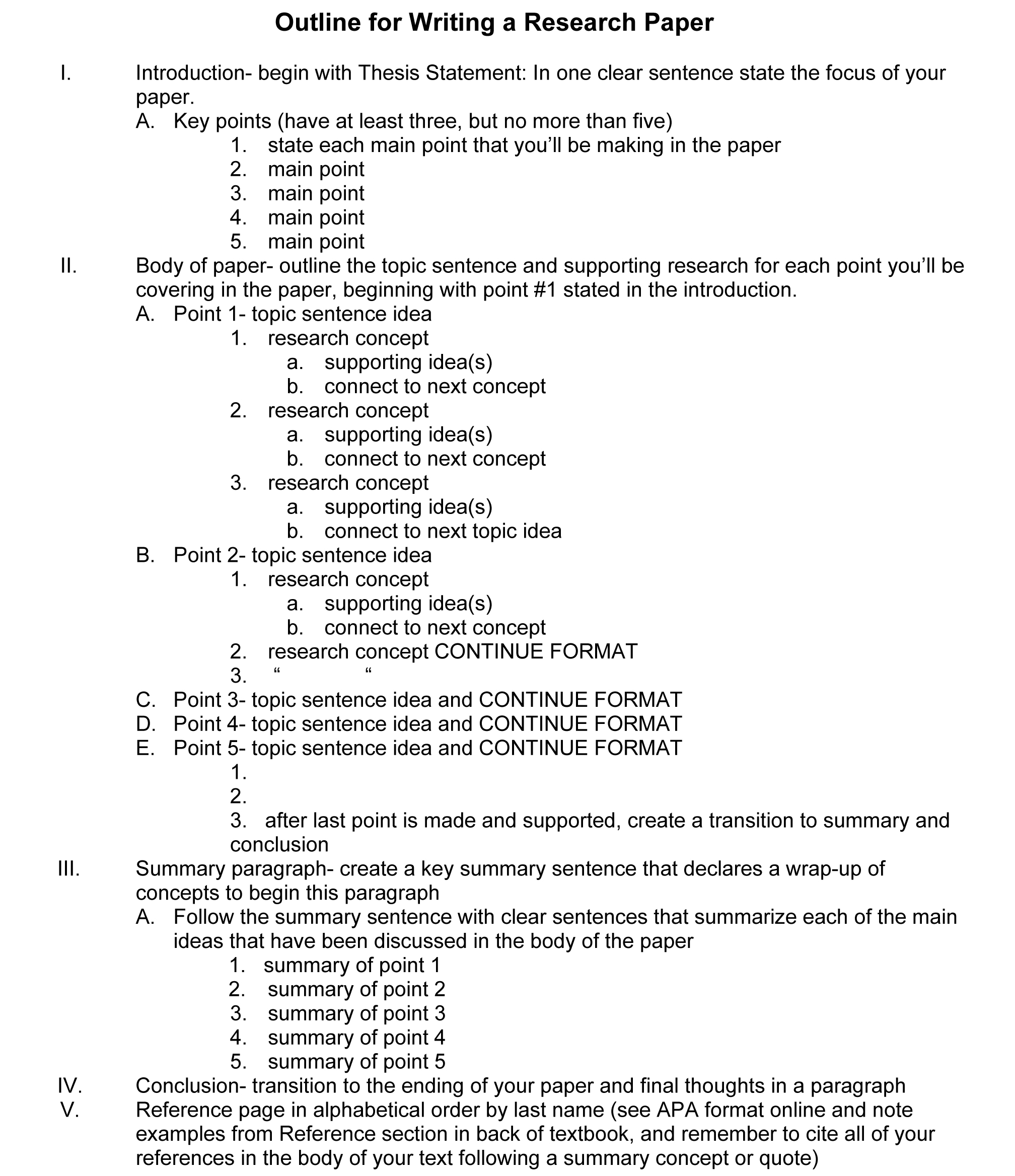
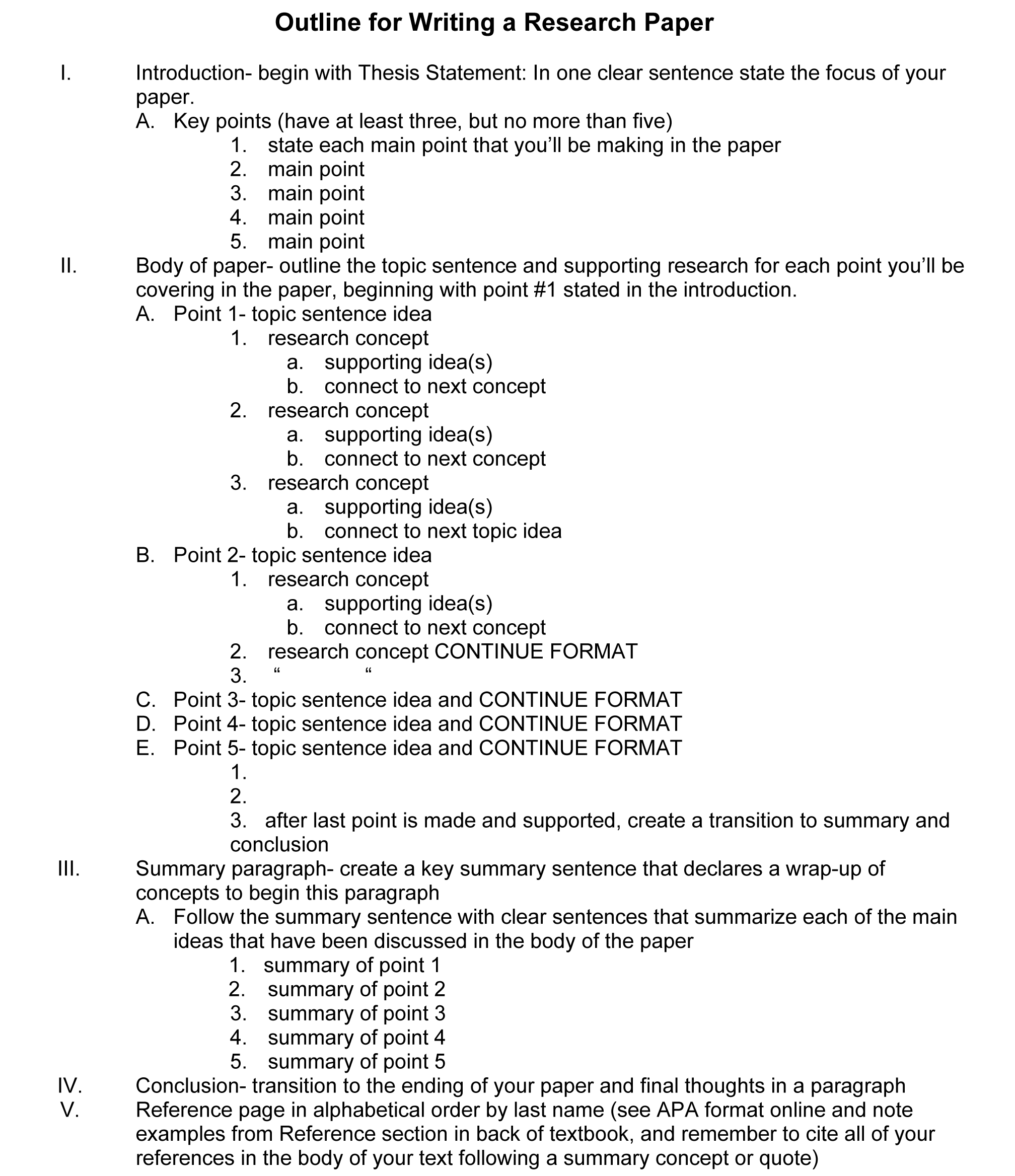
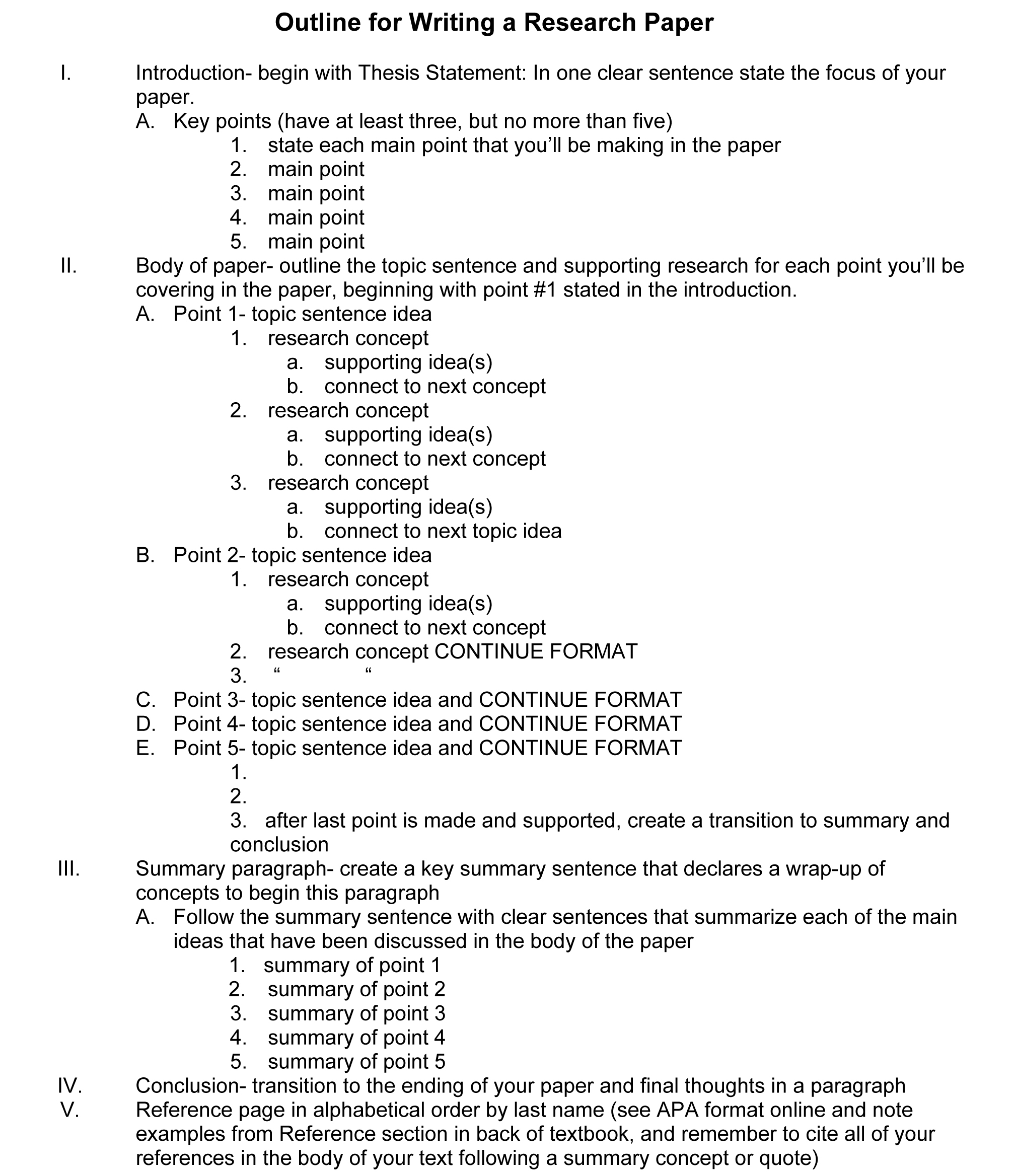














Comments